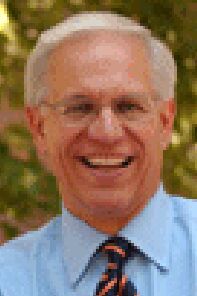Ben Jacklet's column in Oregon Business is often good for some unusual takes on the economic picture in Oregon. As with this headline: "Jobs Watch: Marijuana measure makes ballot."
It harks back a bit to two, count 'em two, editorials in the Oregonian in just the last week that seem to be pushing gently but directly in the direction of calling for legalizing marijuana. One arguing that posing that question on the ballot directly, rather than dancing around it with the current measure on pot dispensaries, might be preferable. The second on Friday seemingly expressing support (without daring to be explicit about it) for an international statement saying that the war on drugs is making a number of things, HIV infection rates among them, worse rather than better.
Then there's Jacklet's piece from July 16 on the present ballot issue. From the business standpoint: "Such a system would almost certainly result in a gold rush to tap into the growing market for legal weed, which has been lucratively exploited in California and Colorado. Marijuana is the nation's largest cash crop, and any move to update regulations controlling how it is grown and sold will create opportunities . . ."
He has provided some useful numbers to demonstrate: An Oregon pot crop estimated to have $474 million of value; 36,402 Oregon medical marijuana patients; and a good deal more.
The discussion is changing.



